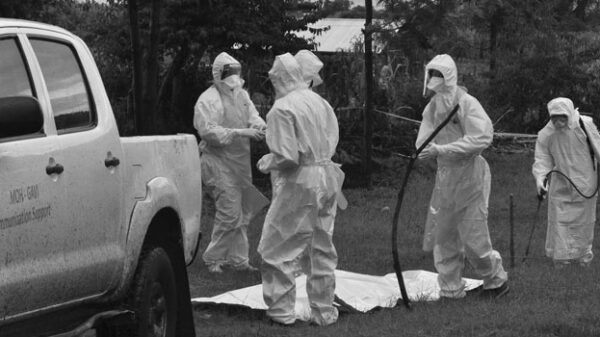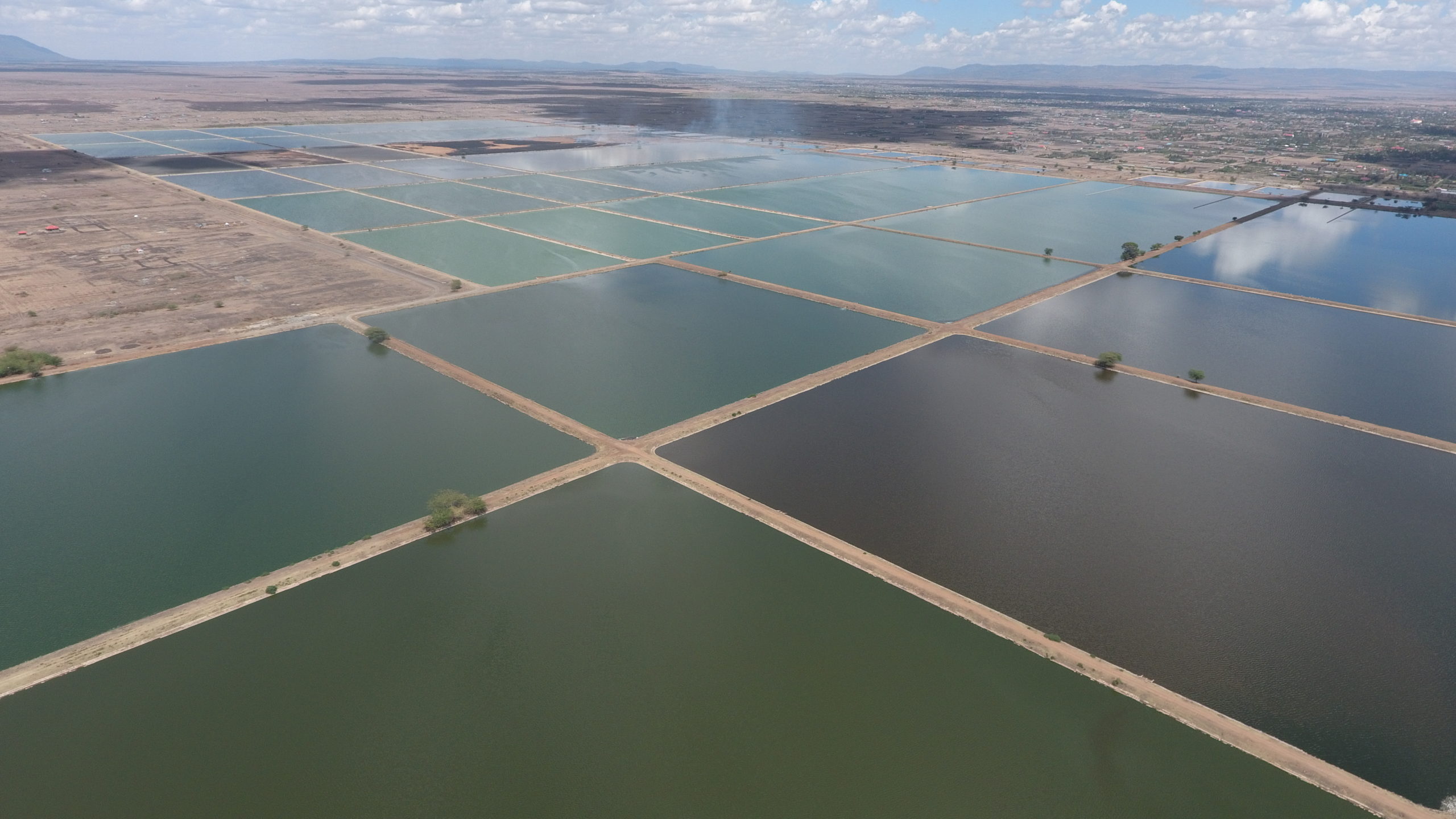By Alex Chamwada
NAIROBI, Kenya Apr 28 – They look like fish ponds. But no. They are sewer ponds used for biological treatment of sewage from the city of Nairobi. The ponds are part of the tail end of the treatment process as it all begins with the separation of debris from the liquid waste.
The plant is located in Ruai, some 30 Kilometres from the city but it has retained its original name – Dandora Estate Sewage Treatment Works since its establishment.

“The waste is treated through anaerobic digestion and then after that through biological aeration and then polishing before it is discharged into the ecosystem,” Explains Engineer Joseph Kamau, Chief Manager, water and sanitation works at the Athi Water Works Development Agency. The agency is now overseeing water and sanitation standards in the city.
“What goes into the river meets the discharge requirements in the organic load and suspended solids as per the requirements of the National Environment Management Authority,” adds Engineer Kamau.

But behind that process of sewage treatment is a big threat. Land grabbing. According a statement released jointly by the Principal Secretary for Lands Nicholas Muraguri and his Water and Sanitation counterpart Joseph Irungu, 3,000 acres or 62 percent of the treatment plant has been grabbed. In other words, out of approximately 4,240 acres of this land, only 1,637 acres is utilised for sewerage. A big threat indeed.
The government has now embarked on an operation to repossess the grabbed land. The statement says that the operation will further reclaim encroached public sewer ponds which have hampered the expansion of the sewer plant and pose grave danger to pollution of Nairobi River.

Phase one of the construction of the plant started in 1975 with the construction of sewerage facilities and was commissioned in 1978. Phase two started in 1985 and was commissioned in 1990. Further expansions were undertaken in 2012, and 2014. The plant treats industrial and domestic waste of about 157,000 cubic meters per day during dry weather and over 200,000 cubic meters during the rains.


































